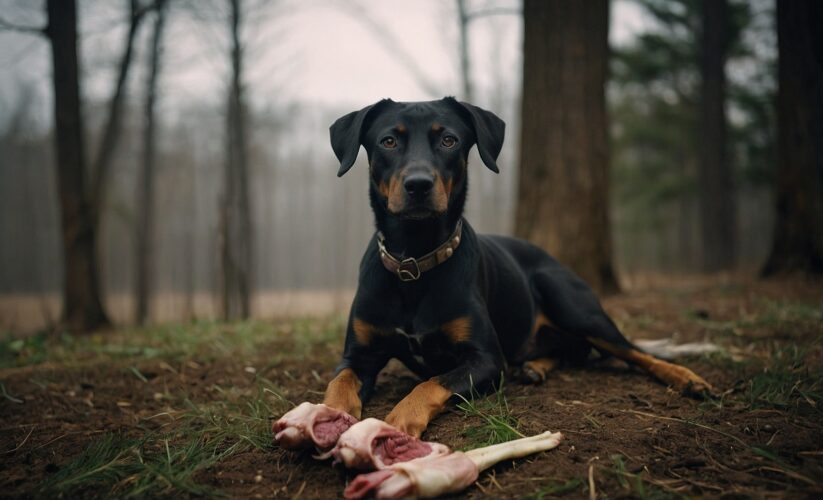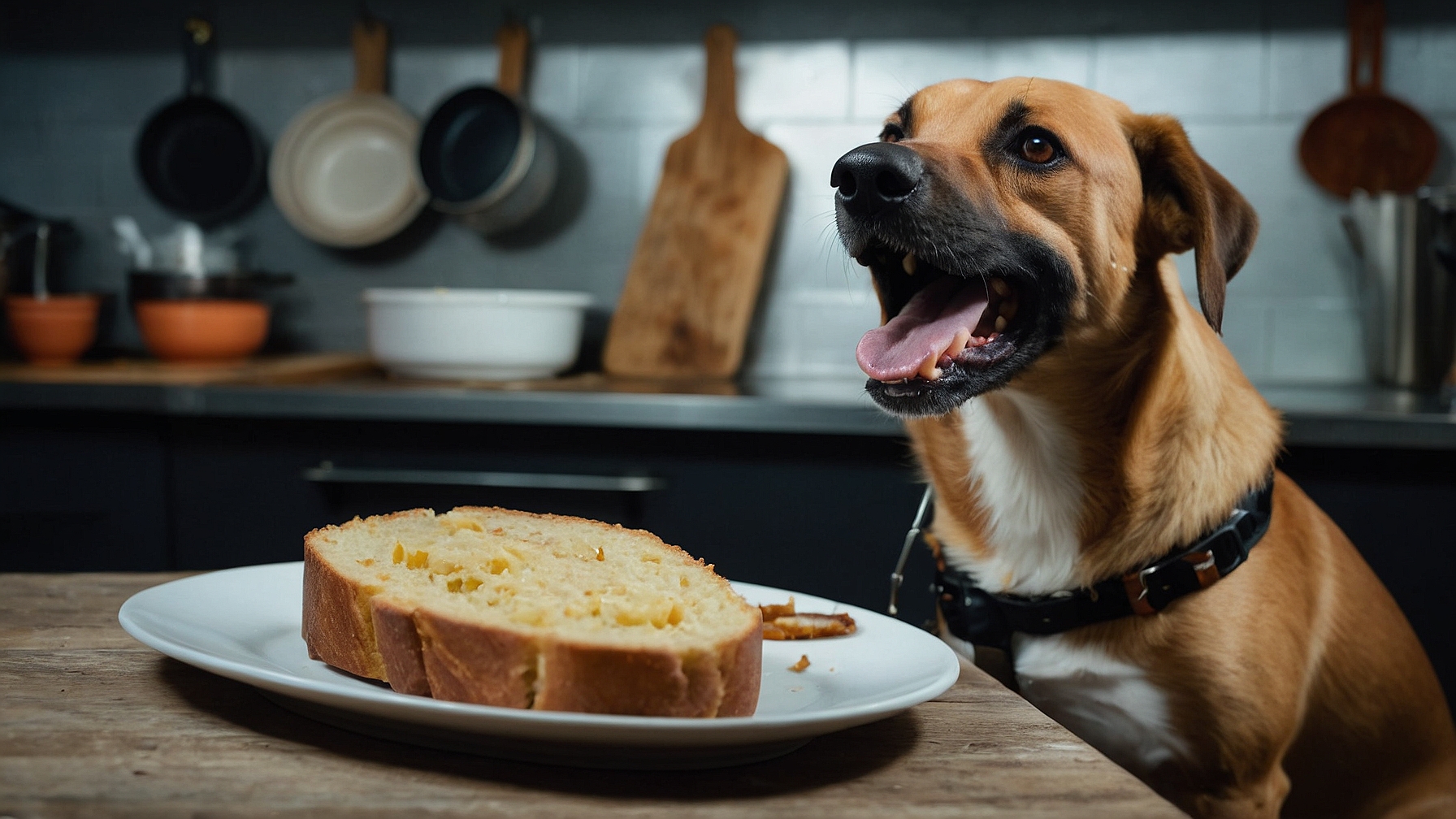Can Dogs Eat Raw Deer Legs?

In the quest to provide our four-legged companions with the best and most natural diet, pet owners often explore a variety of options that nature has to offer. Among these options, raw deer legs emerge as a subject of curiosity and debate within the dog owner community. This consideration brings us to the question: can dogs eat raw deer legs? This question isn’t merely about whether they can physically consume them but dives deeper into the realms of nutritional benefits, potential risks, and the overall impact on a dog’s health.
Historically, dogs have been scavengers and hunters, relying on raw meat, bones, and vegetation for sustenance. This ancestral diet has led many to advocate for a more ‘biologically appropriate’ diet for dogs, which often includes raw meaty bones. Deer legs, being a part of this category, seem like a suitable choice for many seeking to mimic the natural eating habits of their canine ancestors. However, transitioning from commercially processed dog food to raw meaty bones such as deer legs requires careful consideration of the benefits and risks involved.
As we navigate through this topic, we will explore the nutritional benefits of raw deer legs and their compatibility with a dog’s dietary needs. We will examine whether incorporating raw deer legs into a dog’s diet aligns with promoting optimal health and well-being. Furthermore, we will discuss the potential drawbacks and safety concerns associated with feeding raw deer legs to dogs, highlighting the importance of making informed and cautious dietary choices for our pets.
Is Raw Deer Legs Good for Dogs?
When contemplating whether can dogs eat raw deer legs, it’s crucial to consider the nutritional benefits these can offer. Raw deer legs, like other raw meaty bones, are rich in protein, essential fats, minerals, and vitamins. These nutrients are vital for maintaining a dog’s muscle structure, supporting a healthy immune system, and ensuring the proper functioning of various bodily processes.
Protein, being the building block of muscles, is abundantly found in deer legs. It supports tissue repair, growth, and overall vitality. The marrow in the bones is a rich source of fat and calories, providing energy and aiding in the absorption of fat-soluble vitamins. Moreover, chewing on raw bones can help maintain dental health by naturally cleaning teeth and reducing tartar buildup.
Minerals such as calcium and phosphorus, present in bones, play a critical role in maintaining strong bones and teeth. These raw bones also supply essential fatty acids, contributing to a healthy coat and skin. The act of gnawing on the bones can also serve as a mental stimulus for dogs, keeping them engaged and satisfied.
Is Raw Deer Legs Bad for Dogs?
While the advantages of feeding raw deer legs to dogs are noteworthy, potential risks cannot be overlooked. The primary concern revolves around the transmission of diseases. Wild deer can be carriers of various pathogens, such as bacteria and parasites, which can pose health risks to dogs if consumed raw. Proper handling and preparation can mitigate some risks, but not all.
Another concern is the potential for choking, blockages, or injuries. Bones, especially when broken or chewed into sharp fragments, can cause choking, damage to the mouth or internal organs, or even lead to obstructive gastrointestinal issues. It’s essential to supervise dogs when they’re consuming raw bones to minimize these risks.
Can Puppies Eat Raw Deer Legs?
Introducing raw deer legs to puppies requires extra caution. Puppies have developing digestive systems and are more susceptible to the risks associated with raw foods, including bacterial infections and parasites. If considering raw deer legs for puppies, it’s crucial to start with small, manageable pieces under close supervision and ensure the bones are from a reliable, disease-free source.
Are Other Raw Meats Safe for Dogs?
Beyond deer legs, other raw meats and bones can be incorporated into a dog’s diet, provided they are sourced responsibly and prepared correctly. Options include raw chicken, beef, and lamb. However, it’s essential to balance the diet with vegetables and supplements to ensure it meets all nutritional requirements. Including a variety of meats can contribute to a well-rounded diet, offering different nutrients and benefits. Nevertheless, the same precautions apply as with raw deer legs. Ensuring the meat is fresh, free from pathogens, and suitable for canine consumption is crucial. Additionally, introducing any new food item should be done gradually to monitor for adverse reactions and to allow the dog’s digestive system to adjust. Consulting with a veterinarian or a canine nutritionist can provide guidance tailored to your dog’s specific health needs and dietary requirements.
Final Thoughts
The question of can dogs eat raw deer legs involves a nuanced consideration of the benefits and risks associated with feeding raw meaty bones to dogs. While there are clear nutritional advantages, the potential for disease transmission and physical harm cannot be ignored. Responsible preparation and sourcing, along with veterinary consultation, are paramount in making informed decisions about including raw deer legs in a dog’s diet. Ultimately, the health and safety of our canine companions should always be our top priority. As dog owners, our quest is to provide a diet that not only satisfies their primal instincts but also promotes their overall well-being. By weighing the pros and cons and making informed choices, we can offer our dogs a diet that is both nutritious and safe, ensuring they lead happy, healthy lives by our sides.










